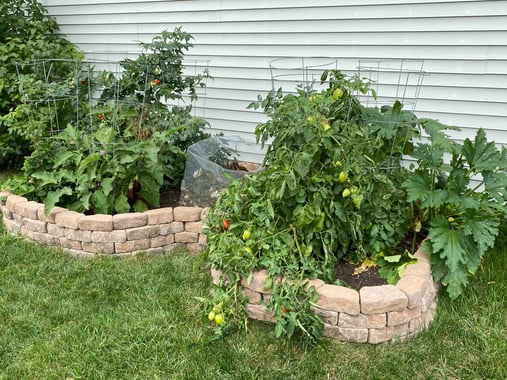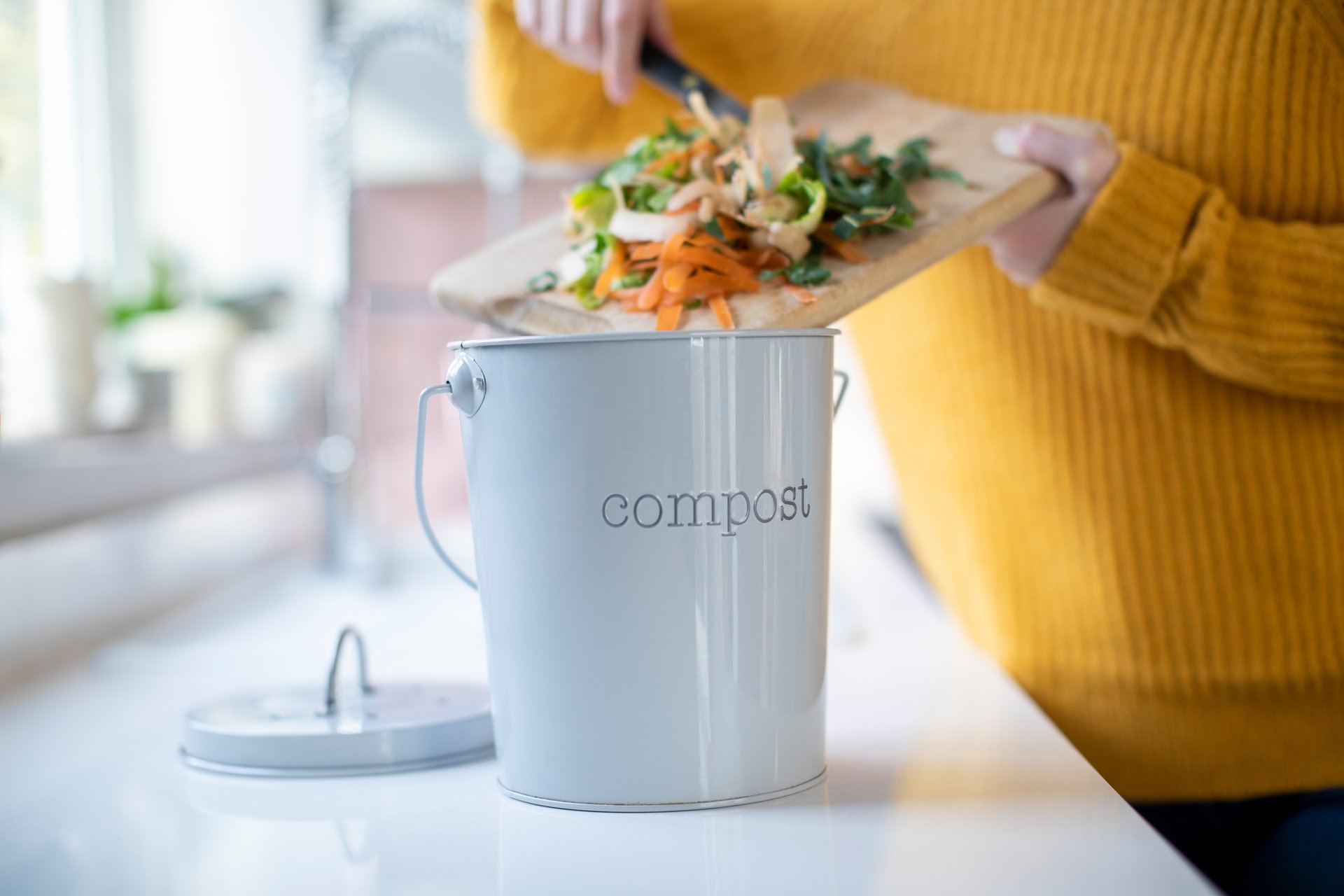As the COVID-19 outbreak continues, so do the Stay-At-Home orders. President Donald Trump might be considering rolling back some travel restrictions but that is not what Indiana Governor Eric J. Holcomb has in mind. On Monday April 20th, the rescheduled end date for Indiana’s Stay-At-Home order, Holcomb officially announced that he would be extending the order and its restrictions until May 1st. Unfortunately, the governor's office has also warned that just like the previous one, this new order could be extended if the outbreak warrants it. With no true end in sight, it looks like we all might have to get a little more creative with how we pass the time. This has been an ongoing theme for our recent blog posts and today’s post sets out to add to it! So far we have covered everything from how to work at home, office themed movies to watch, and even games to play with your friends for free! However, today’s blog post is more about getting a little dirty, maybe not in the way you think but still pretty messy. Yes, today we will be discussing garbage, or to be more specific what to do with your garbage.
For those of you who may not be aware, ICC actually does a few things with its garbage as an attempt to cut back on our company’s footprint and give back to our community. On top of the normal recycling, ICC also donates our paper waste to our local Abitibi Paper Retriever which is a free paper recycling program that helps fund local schools. If you’re interested in taking advantage of this free program, you can look for their green and yellow dumpsters commonly found in the parking lots of public schools and churches.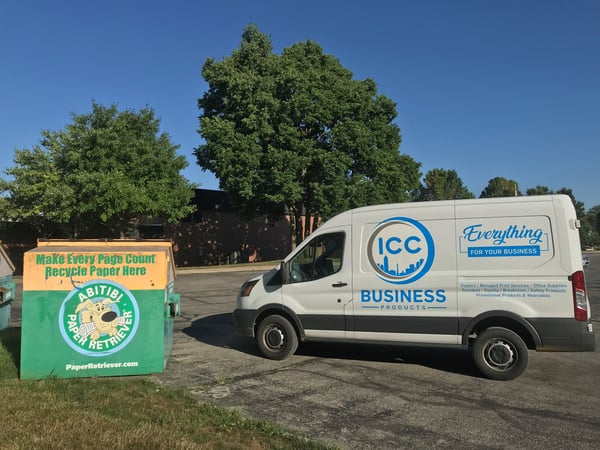
However this is not the only environmentally friendly way you can get rid of your paper waste. Yes, if you are looking for a fun springtime project, then you can save your paper waste and use it to start your very own compost at home. Compost is organic matter that has been decomposed in a process called composting. This process recycles various organic materials otherwise regarded as waste products and produces a soil fertilizer. Although it is an easy way to make an environmental impact in your life, don’t think that this is the only reason to compost. There are many ways to compost, you can even compost in your freezer, but the method that we will be covering today is my preferred way of composting and my secret to a successful garden. I say this because today’s blog post will not only give you and your family a fun springtime project to do while you’re quarantined at home, but it will also give your family a vegetable garden that will produce some of the biggest and most delicious produce you'll ever have! Don’t believe me? Take a look at some of my zucchinis from last year, my mother-in-law’s hand serves as a comparison. 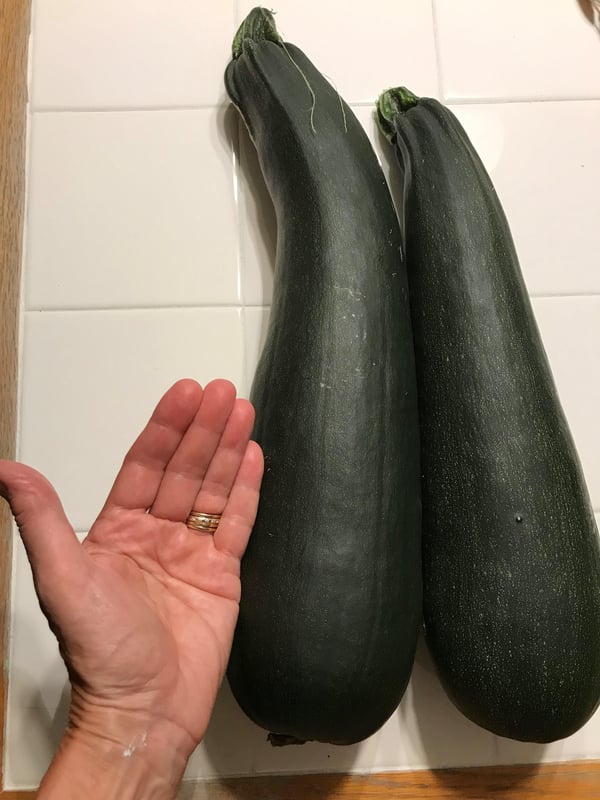
Needless to say, my wife made plenty of zucchini bread. So now that I have your attention, let’s dive into the makings of a keyhole garden.
The Keyhole Garden
A keyhole garden is defined as “a circular raised garden with a keyhole-shaped indentation on one side. In the center of the circle is a compost tower filled with your paper waste, leftover food, lawn scraps and much more.” This is just the basis for layout of a keyhole garden, but I have seen keysquares, keyrectangles, and many other keyshapes. They all work the same as long as your compost tower is in the center of your garden and surrounded by soil. I myself went with a keypolygon of sorts as you can see in the picture below.
 It may not look like much now but it’s only April so I won’t be doing any planting until Mother’s Day. This means that you still have time to get yours set up before planting season! Teaser: You'll get to see my garden in all of it's glory at the end of the post.
It may not look like much now but it’s only April so I won’t be doing any planting until Mother’s Day. This means that you still have time to get yours set up before planting season! Teaser: You'll get to see my garden in all of it's glory at the end of the post.
- The first step to building your keyhole garden starts by creating an outside barrier that is at least 1-1.5 ft high. You can use wood paneling, bricks, or stones like I did. You definitely want to plan ahead when it comes to the size of your outside barrier as you will have to fill it with soil.
- Upon completing the outside barrier that will serve as your garden bed, you’ll need to build your inner barrier. This will be your actual compost tower. You will need to use chicken wire for the creation of this barrier. That way your compost can flow into your garden soil. The compost actually works as a natural fertilizer for your garden. This is what gives you those tasty fruits and vegetables I talked about earlier.
- Once you get your inner barrier built, you will need to create a drainage basin for your keyhole garden and compost tower before you put any soil in your garden bed. Your local home improvement store will sell river rocks if you don’t feel like finding some out in nature. Rocks and sticks of any size will keep both your roots and compost from rotting.
- After you have a bed of drainage, you’ll need to add your soil. This is technically a raised flower bed so you will need to fill the whole bed. There’s a wide range of soil options but the main difference between them all is fertilizer. However, you’ll be making natural fertilizer with your compost so any dirt will do.
- Although it’s a little too early to be planting any seeds, you can still start your compost. Here is a list from Gardening Know How that covers everything you can and cannot compost.
- The last thing you’ll need to do is plant your garden. Mother’s Day is a great benchmark on when you want to start planting. After you plant, the hard work is finished and you can start to enjoy your new keyhole garden just like any other garden. Only your garden will have a steady supply of nutrients giving you bigger harvests.
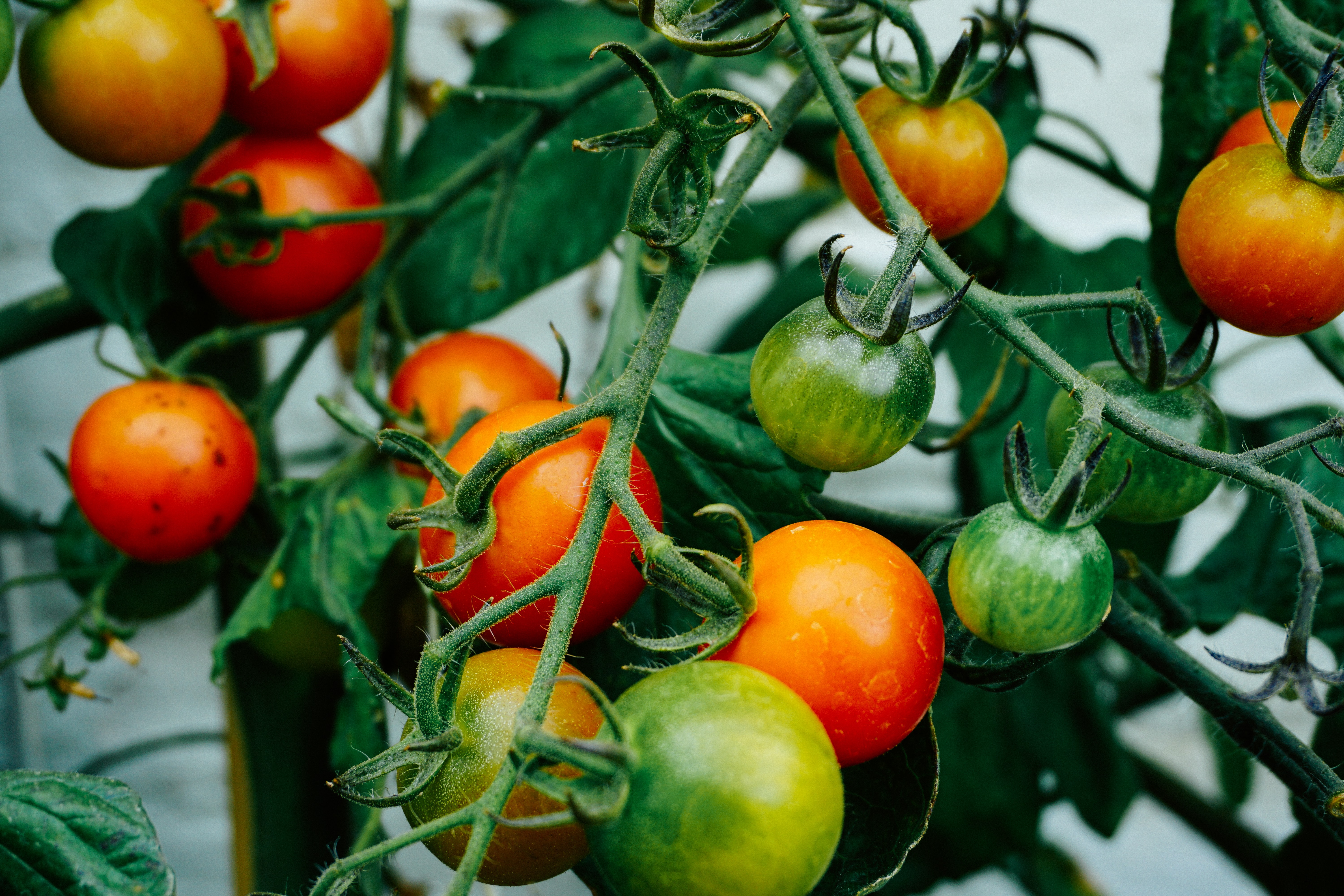
The Cost of Tomatoes
I once heard that growing your own tomatoes is “the hardest work you’ll ever do to save $2.73.” I’ll admit it made me laugh, but that person clearly had never grown tomatoes. I say this because the first thing I grew in my keyhole garden was tomatoes. They are easy to grow and so versatile you could use them in any meal. This made them an excellent choice for my first crop. Especially since I started getting actual tomatoes as early as late June. Once the first batch grew the floodgates opened up and we had more tomatoes than we could give away. Thanks to the compost, all of the different vegetables and spices that we produced countless treats throughout the summer. It got to the point where the only vegetable we were buying from the grocery store was corn. My point is that your new garden will not only give you a new hobby, countless harvests of food, but also savings in your wallet. See, I wasn’t kidding when I said the keyhole garden was in your best self-interest.
When it comes to plant selection, I encourage you to browse until you find a wide range of some of your favorite produce. Each seed packet will give you insight on how much sun, water, and space a plant will need. The packets will also tell you when you’ll be able to harvest each option. It’s best to spread out your harvests so you can enjoy your garden throughout the seasons. Although some plants may just keep producing until the frost kills them in the winter. This was the case for my tomatoes. I kept growing them for so long that we were even having fresh tomatoes on New Year’s. I’ll leave you with the secret to how I pulled it off. The night before the first frost cut all your green tomatoes off your plant. Be sure to leave the tomatoes on the vine if possible but it will still work if you take them off the vine. Personally, I just think they taste better, but I digress. As no matter how you do it, the tomatoes will ripen in sunlight if left on a window sill or well-lit area.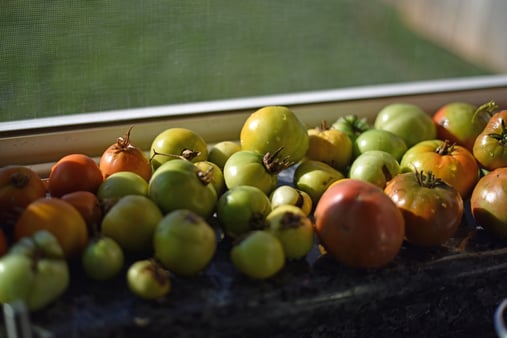
I hope after reading this, you’ll be inspired to make a garden of your own! You can also visit our blog page to read some other helpful articles on keeping you safe, protective, and most importantly entertained during your time at home. Feel like doing some work in between your game playing? You can check out ICC’s vast inventory of office supplies and business products to help you find all your office needs in one place. Need art supplies to keep the kids entertained? ICC has you covered there too. All with convenient delivery direct to your home with our No Contact Home Delivery.
Here's my garden: